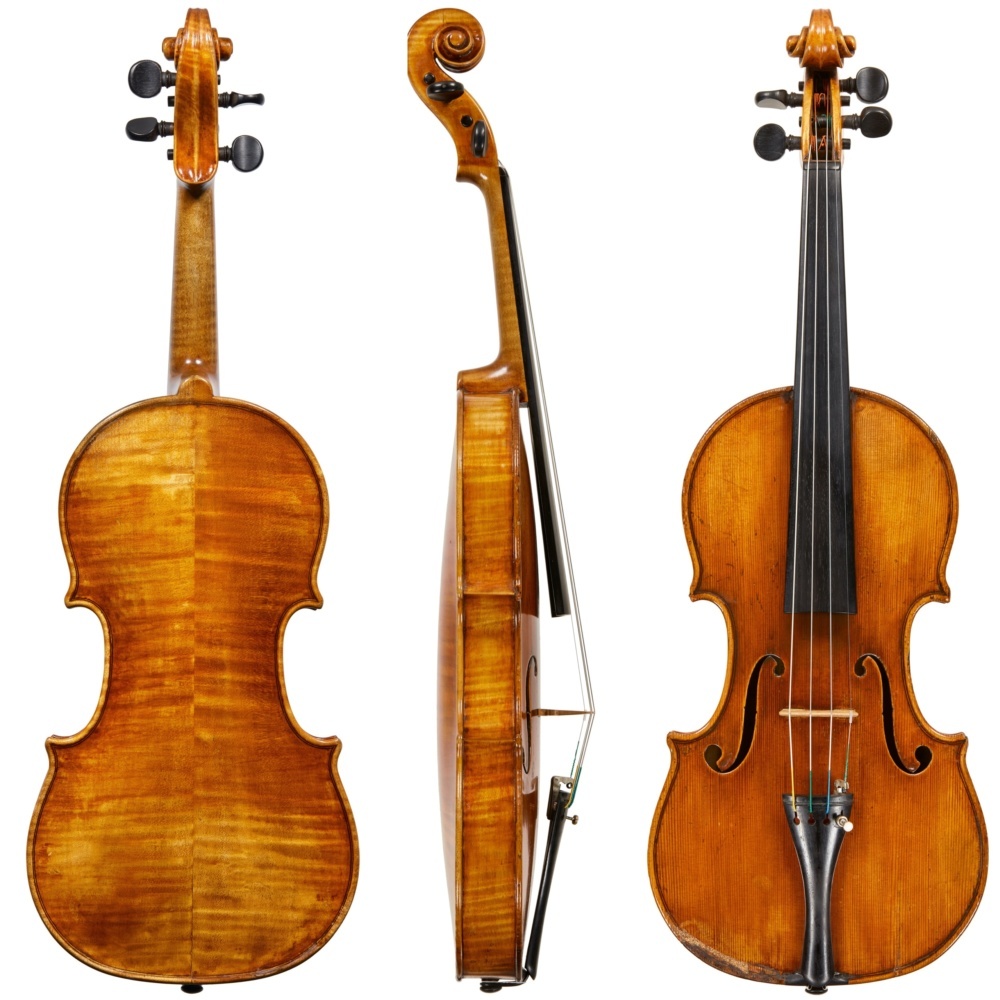Marino Capicchioni was born in the Republic of San Marino, at the southern end of the Italian region of Romagna, about 25 km southwest of the coastal city of Rimini. The son of a carpenter, he began repairing guitars and violins from an early age in his father’s workshop. The style of his work evolved greatly from his early period, which was earnest but naive, to his mature instruments. By the mid-1930s he had developed a distinctive style that remained consistent until his death in 1977.
This handsome 1940 violin dates from the middle period of Capicchioni’s career. Three years before it was made, Capicchioni had won an important silver medal for a quartet in the prestigious 1937 Stradivari Centenary Competition in Cremona. With his fame beginning to spread internationally, he made instruments for many distinguished musicians, including the cellist Arturo Bonucci and his wife, violinist Pina Carimelli. Collectors and dealers from abroad took note and demand for Capicchioni’s instruments grew rapidly. One of the reasons collectors hold Capicchioni instruments in such high regard is that his mature work is remarkably consistent and yet retains a spontaneity that gives each instrument its own unique personality.
With his fame beginning to spread internationally, he made instruments for many distinguished musicians, including the cellist Arturo Bonucci and his wife, violinist Pina Carimelli.
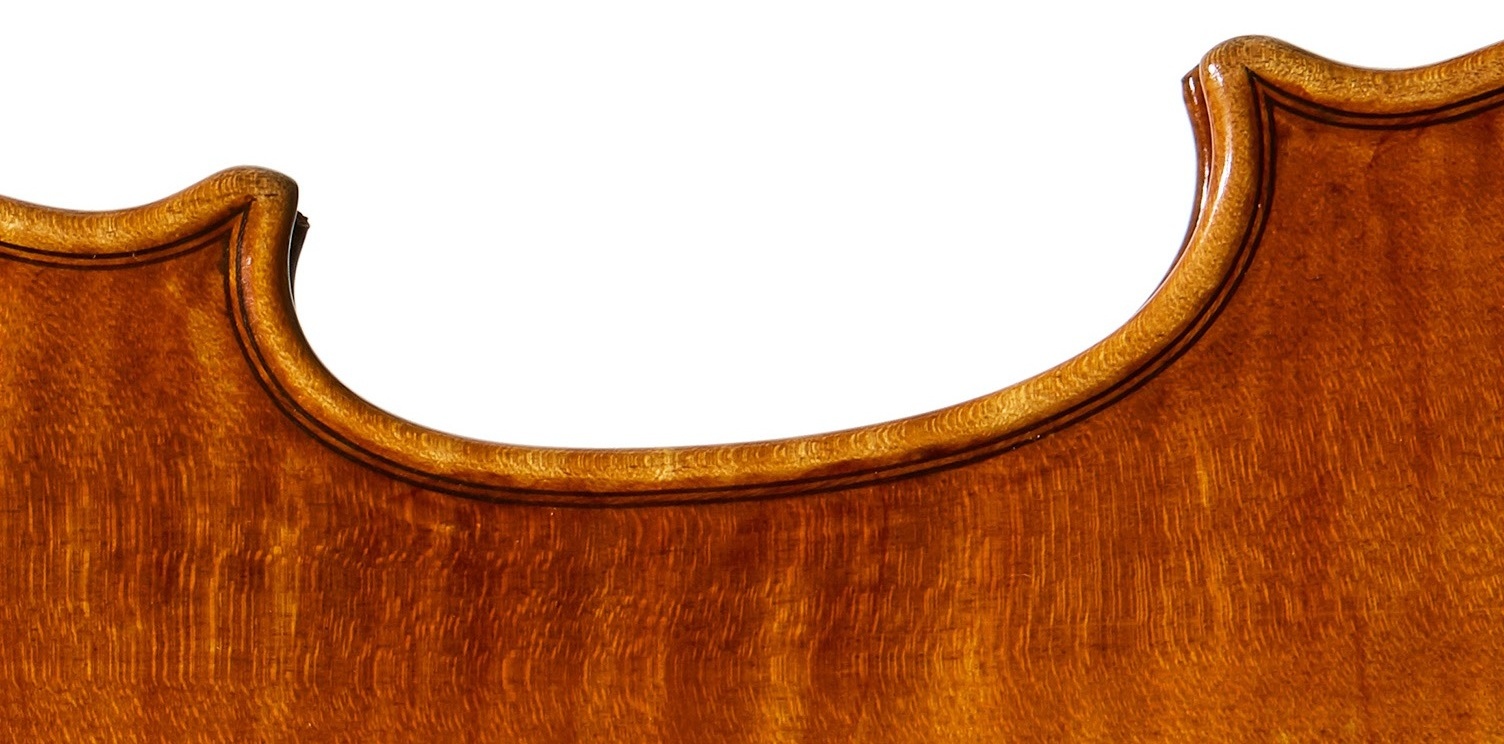
This violin is based on a 1716 Stradivari pattern, which was the dominant model at this point of his career. The back is formed of two pieces of maple with slightly irregular flame. As is typical of Capicchioni instruments with two-piece backs, locating pins of a notably small diameter sit inside the purfling on the same side of the center joint at top and bottom. The margins between the edge and purfling are narrow but the edge itself is thick and strongly rounded. At the corners, the purfling terminates in blunt but precise miters.
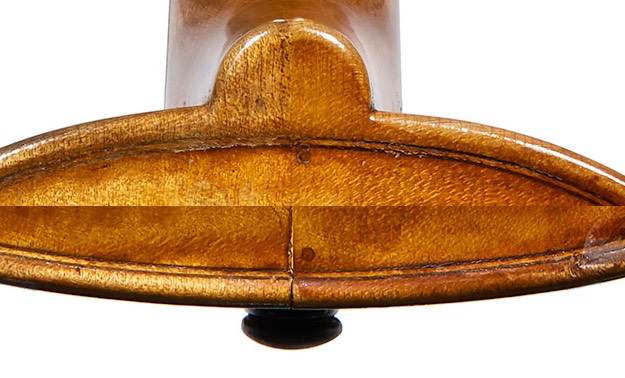
The spruce on the front of this violin has distinctive wide winter grains and erratic growth patterns, suggesting that the wood came from a lower-altitude climate with mild winters. This type of spruce was used almost invariably by Capicchioni from the mid-1930s until the end of his career.
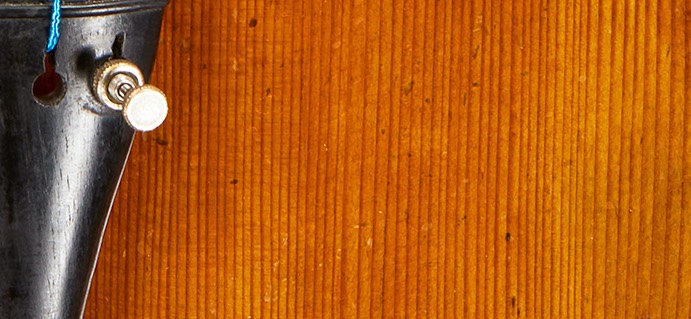
The soundholes of this violin are strongly angled, with splayed stems, rounded wings and high-set notches. The varnish is the maker’s typical reddish-brown over a golden ground. The back and head have been slightly retouched and, as is typical, the varnish is taken off slightly at the edges, giving them an appearance of being several tones lighter. The internal work is in spruce and cleanly finished.
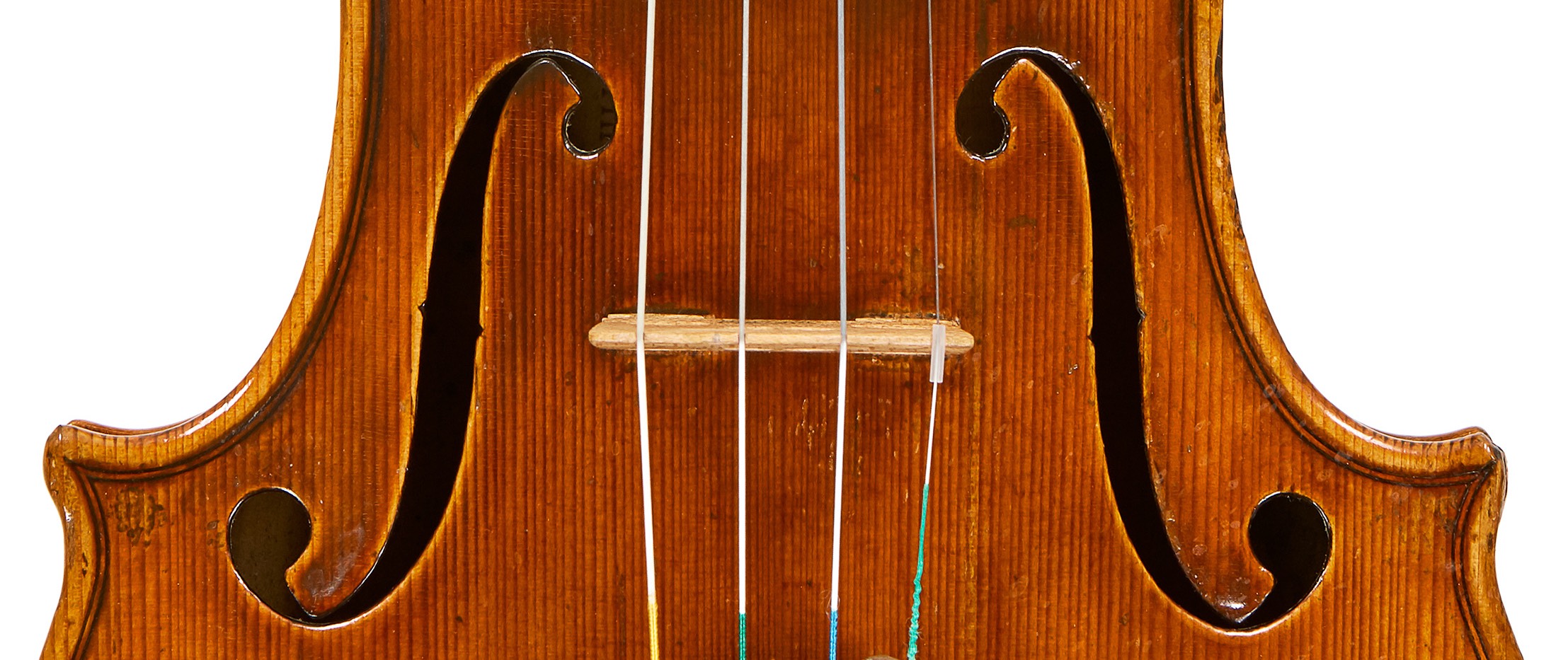
The label in this violin is the one that Capicchioni used for the majority of his career. Printed in brown ink is the Latin text: ‘Marinus Capicchioni Fecit Arimini A.D. 1940.’ In transcriptions, ‘Arimini’ is often written as ‘a Rimini’ but it is actually the locative case of the Latin name for Rimini: Ariminum.
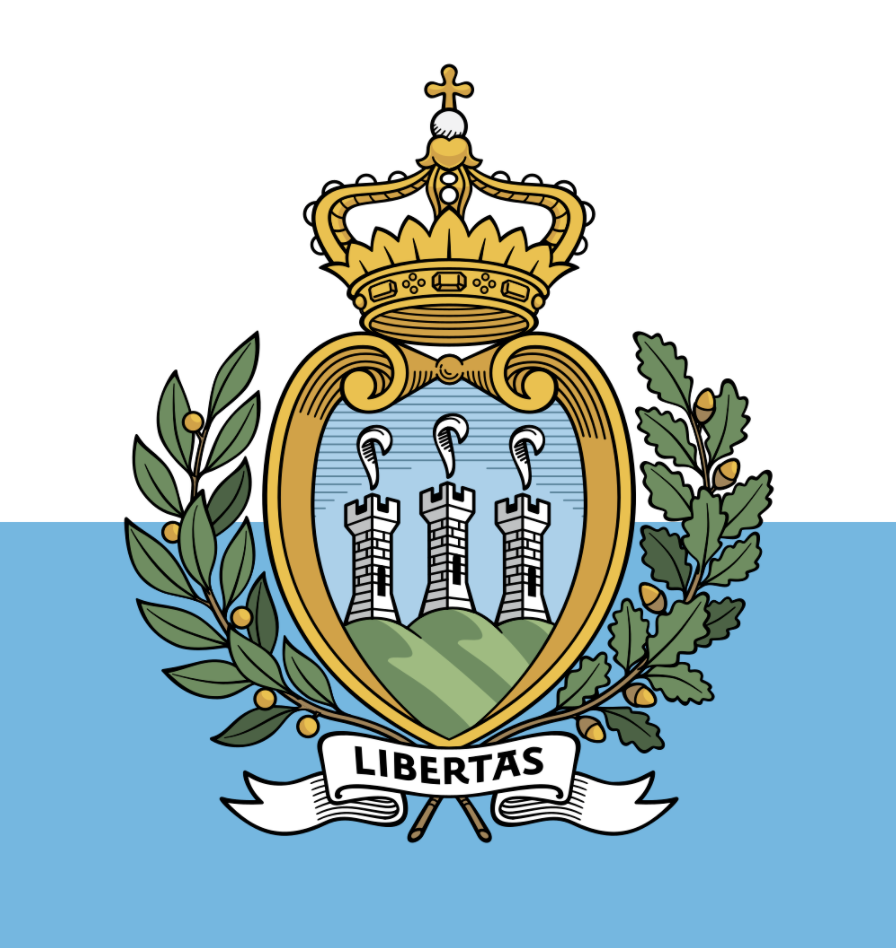
To the right of the text, two thin lines circumscribe an illustration of the Monte Titano’s Three Towers, which are featured prominently on the crest and flag of San Marino.
This violin was sold in our May 2020 GiveBack auction for $51,000. All commissions went to musicians affected by COVID-19.
